Talking to Clients About Credit Card Debt? Here's a Smarter Strategy to Consider
As a CFP®, you’re likely seeing a troubling trend among your clients: rising credit card balances and shrinking monthly cash flow. You’re not alone—U.S. consumers owe over $1.2 trillion on credit cards, and the average balance is now $6,380. With interest rates averaging 23.37%, carrying that kind of debt can quickly turn into a financial spiral.
This situation has been made worse by persistent inflation. More clients—especially retirees and fixed-income households—are using credit cards just to cover basic living expenses. They’re not splurging; they’re simply trying to keep up. But over time, this approach can lead to anxiety, missed payments, and a diminished sense of control over their finances.
Start the Conversation with Simple Questions
When clients bring up cash flow concerns, consider gently asking:
- Do you currently carry any credit card balances?
- Have you looked at how much you're actually paying in interest each month?
These questions can open the door to deeper financial planning conversations and position you to offer real, actionable solutions.
Using Home Equity to Reset the Balance
Here is a situation of clients in an exact position. Despite having strong home equity, they were cash poor and overwhelmed by mounting card payments. Together, we reviewed their monthly
obligations. What stood out was their monthly house payment of $2,512 to cover their $245,000 mortgage caused them to use their credit cards to cover additional monthly expenses. Their home was valued at $856,000; they applied for a reverse mortgage to pay off their mortgage and their existing credit card debt.
The result?
- They
eliminated their $2,512 monthly mortgage payment and payoff all high-interest credit card debt.
- Their
monthly cash flow improved dramatically.
- They now feel more secure and in control of their financial picture.
For the right client, this approach offers a sustainable way to reduce financial pressure without taking on new monthly obligations.
Why Reverse Mortgage Programs Can Be Viable Solutions
A reverse mortgage, unlike a credit card, comes with a fixed interest rate and—critically—no required monthly payments. This means your client can free up cash without risking missed payments or negative hits to their credit score.
For clients over 62 with sufficient home equity, it can provide:
- Immediate relief from high-interest debt.
- An increase in monthly cash flow.
- Peace of mind knowing they won’t fall behind on bills.
If you're advising older homeowners who are struggling with debt but sitting on unused equity, this could be the conversation that changes their trajectory. It’s not about selling a product—it’s about creating options, preserving dignity, and helping your clients age with financial security.
Could This Strategy Benefit Your Clients? Let’s Find Out!
Do any of your clients fit this scenario? Retirement in Reverse would be happy to provide a customized, hypothetical scenario to help you assess if this strategy could be a valuable solution. Let’s explore how we can make it work for your clients!
Retirement In Reverse offers Objective, Competent Advice to help you make informative decisions for your clients.
Furthermore, we have No Conflict of Interest, as we do not sell Financial Product, nor enter into financial planning engagements. We share your commitment to your clients’ financial stability and quality of life.




